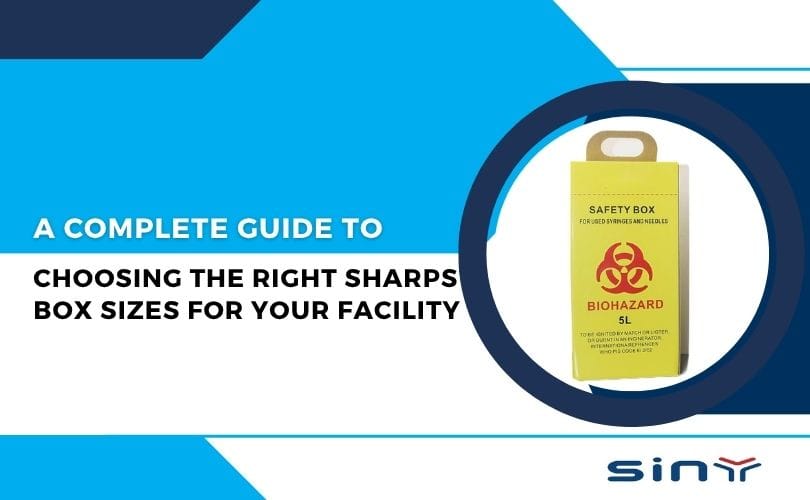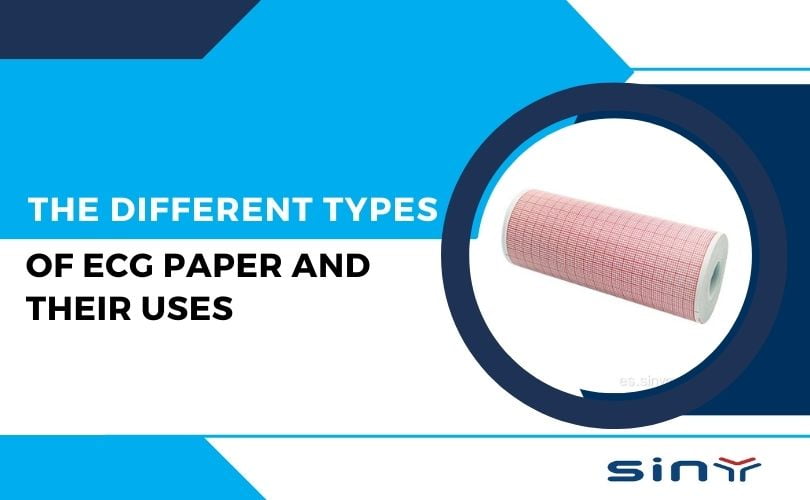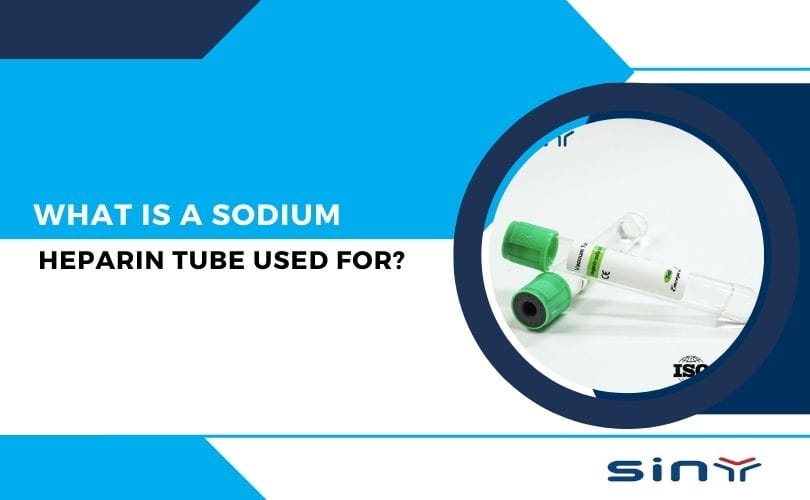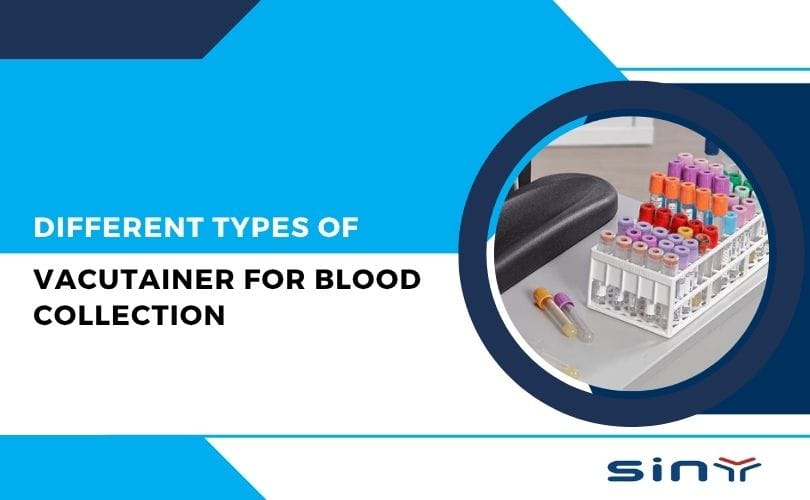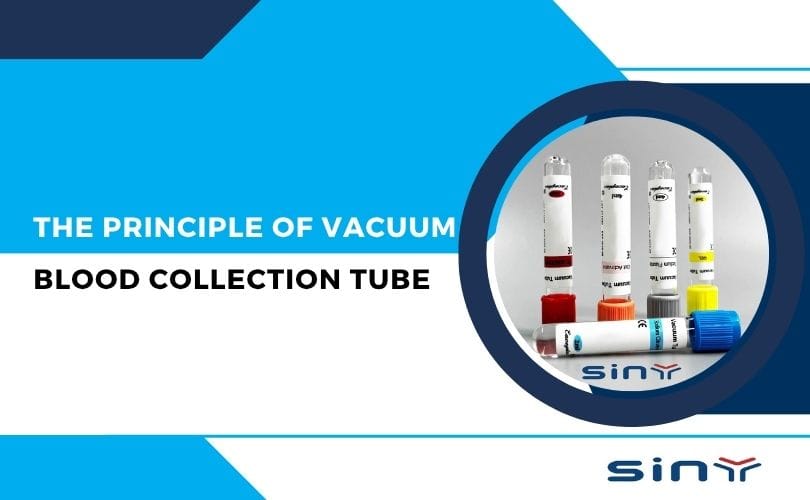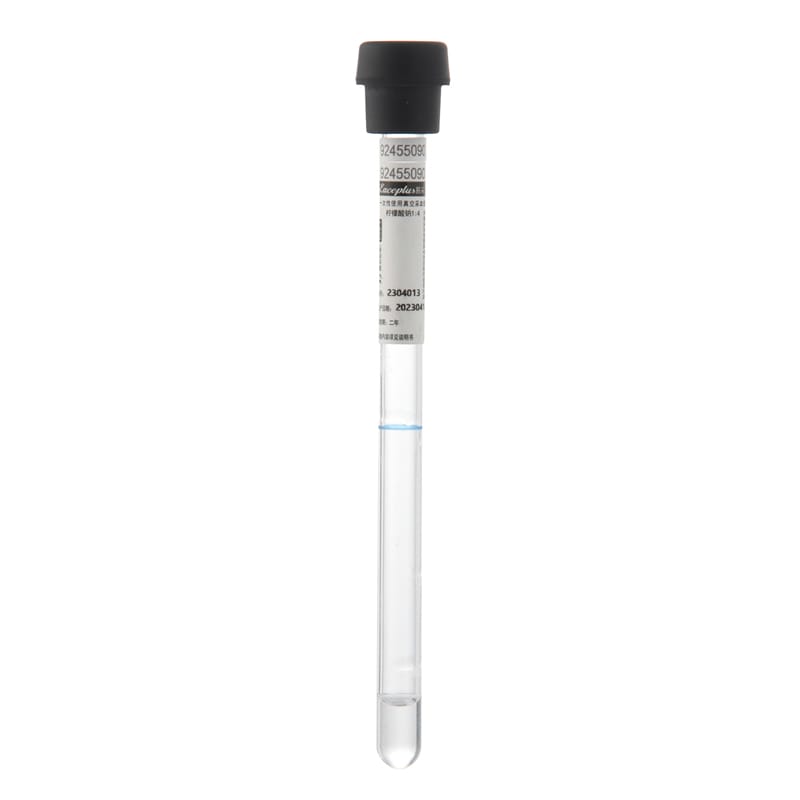A safety syringe is a specialized device designed to reduce the risk of needlestick injuries and the transmission of blood-borne diseases. It protects healthcare workers from accidental exposure to hazardous materials while they administer injections. In this article, we will discuss the different types of safety syringes, their advantages, and why they are important.
Table of Contents
What are Safety Syringes?
Safety syringes are tools engineered by Sinymedical to reduce the risk of needlestick injuries. Available in various sizes, including 3ml, 5ml, and 10ml, they come with a built-in safety feature that automatically activates post-injection, concealing the needle to prevent accidental exposure or reuse. These syringes are essential in high-risk environments like hospitals and clinics, where they offer protection to healthcare professionals and lower the chances of infection transmission by safeguarding against accidental needle sticks.
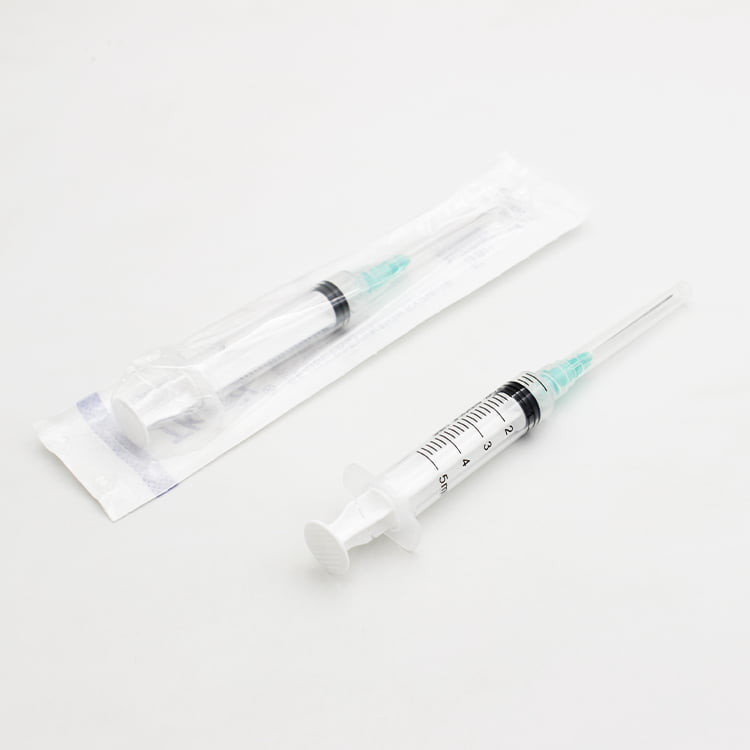
History of safety syringes
The history of safety syringes is an interesting one. It began in the late 1950s when scientists and doctors first began to recognize the potential danger posed by accidental needle sticks. At that time, manufacturers made syringes from glass, and users faced a significant risk of needle punctures. In response, scientists and engineers developed the first safety syringes, which used a spring-loaded mechanism to retract the needle after use.
How should Safety Syringes be used?
Integrating safety syringes into medical practice requires careful attention to detail. Here’s a structured approach to ensure safe and effective use:
Selection and Preparation
- Choose the Right Syringe: Select a safety syringe that matches the medication volume and the patient’s specific needs, considering factors like needle gauge and length.
- Prepare the Medication: Follow prescribed guidelines for preparing the medication, ensuring that all necessary materials are sterile.
- Maintain Sterility: Attach the needle to the syringe carefully to avoid contamination, and communicate the procedure to the patient to ease any discomfort and discomfort and encourage cooperation.
Administering the Injection
- Correct Technique: Position yourself and the patient appropriately. Administer the injection at the correct angle for optimal delivery of medication.
- Utilize Safety Features: Engage the safety mechanisms of the syringe—whether automatic or manual—immediately after use. This action is crucial for minimizing the risk of needlestick injuries by retracting or shielding the needle.
Post-Injection Protocol
- Immediate Disposal: After administering the injection, dispose of the syringe in a puncture-proof sharps container without hesitation. This step is vital in preventing reuse and maintaining a safe environment.
- Follow Safety Protocols: Adhering to these disposal practices not only complies with safety regulations but also demonstrates a commitment to public health standards.
Healthcare providers can effectively integrate safety syringes into their practice, enhancing safety for both themselves and their patients.
How Safety Syringes Work
Safety syringes incorporate various mechanisms that ensure the needle is rendered harmless after use. These mechanisms can include retractable needles, needle shields, or snap-off technology.
- Retractable Needles: These syringes feature needles that automatically retract into the barrel after administering the injection, eliminating any risk of needle exposure once the procedure is complete
- Needle Shields: In these syringes, a cap or shield automatically slides over the needle as soon as the user withdraws it from the patient’s skin, effectively preventing accidental needlestick injuries.
- Snap-off Syringes: After use, the needle is detached from the syringe and sealed in a protective cap. This reduces the risk of re-use and further contamination.
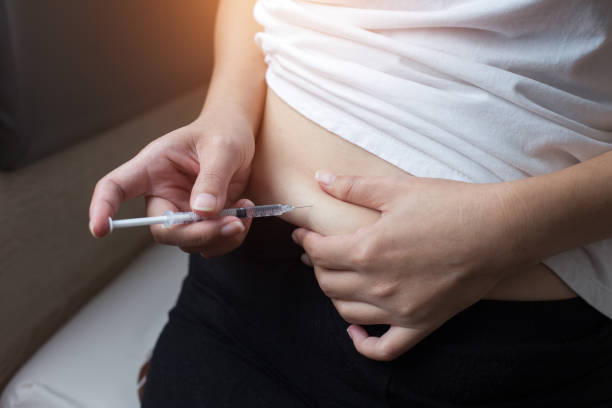
These mechanisms ensure that the syringe no longer poses a hazard once the injection is complete.
Advantages of Using Safety Syringes
Safety syringes offer a multitude of benefits over traditional syringes. The most prominent advantage is their ability to reduce needlestick injuries, which are one of the most common occupational hazards in healthcare. Needlestick injuries pose a threat to healthcare workers and heighten the risk of cross-contamination between patients when they reuse syringes.
Key Advantages:
- Injury Prevention: Safety syringes significantly lower the chances of accidental needlesticks, protecting healthcare workers and patients from potentially fatal infections.
- Infection Control: By reducing the chances of syringe reuse, safety syringes help prevent the spread of infections and diseases.
- Regulatory Compliance: In many countries, safety syringes are mandatory in healthcare settings, ensuring that hospitals and clinics meet safety standards.
- Cost-Effectiveness: Although the upfront cost of safety syringes may be higher, they reduce the long-term financial burden associated with treating needlestick injuries and infections.
Why are we a trusted Safety Syringes manufacturer?
At Siny Medical, we have established ourselves as a trusted safety syringes manufacturer by consistently delivering high-quality, reliable products designed with user safety in mind. We design our syringes to prevent needlestick injuries by incorporating innovative features like retractable needles and protective covers, ensuring compliance with international standards such as ISO 13485 and CE certifications. We also offer customizable solutions for different healthcare needs and prioritize rigorous testing and sterility. These commitments have solidified our reputation among healthcare professionals globally.
For more information, visit Siny Medical.
Conclusion
A safety syringe protects healthcare workers and patients from needlestick injuries that can lead to serious infections. These syringes feature mechanisms like retractable needles or protective covers that automatically engage after use, preventing accidental exposure to the needle. Safety syringes comply with health and safety regulations and are widely used in hospitals and clinics to reduce the risk of transmitting bloodborne pathogens. For more details, visit Siny Medical Syringes.
FAQs
How do safety syringes prevent needlestick injuries?
Safety syringes feature mechanisms that retract, cover, or disable the needle after use, which significantly reduces the risk of needlestick injuries.
Are safety syringes more expensive than traditional syringes?
Safety syringes may have a higher initial cost, but they prove to be cost-effective over time by reducing the medical expenses tied to treating needlestick injuries.
Do all hospitals use safety syringes?
In many countries, hospitals and healthcare facilities must use safety syringes to comply with safety regulations.
What are retractable syringes?
Retractable syringes are a type of safety syringe where the needle retracts into the syringe barrel after use, eliminating the risk of accidental injury.
Are safety syringes environmentally friendly?
Safety syringes contribute to environmental sustainability by reducing the need for disposal of hazardous medical waste.
You May Also Read
- What is a Syringe?
- Different Types of Syringes and Their Uses
- The Eco-Friendly Edge of Disposable Insulin Syringes
- Safety Tips for Healthcare workers using Disposable Syringes
If you enjoyed this article, please subscribe to our YouTube channel. We provide product video tutorials. You can also follow us on Instagram and Facebook to stay up to date with new updates, news and special deals.



